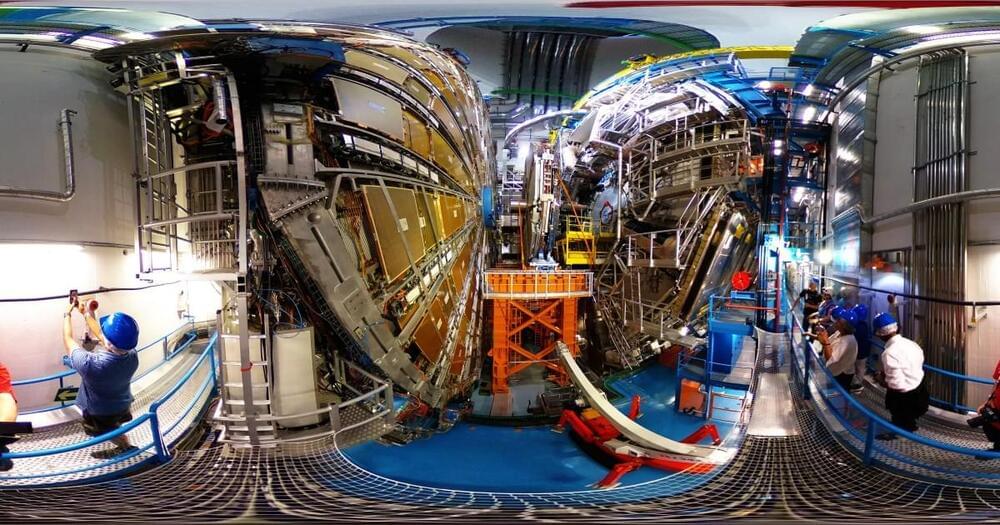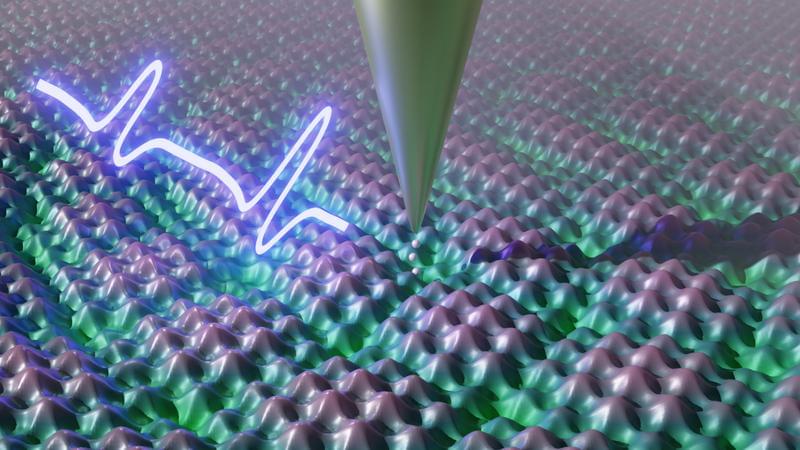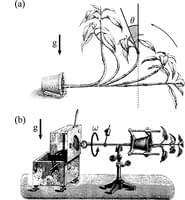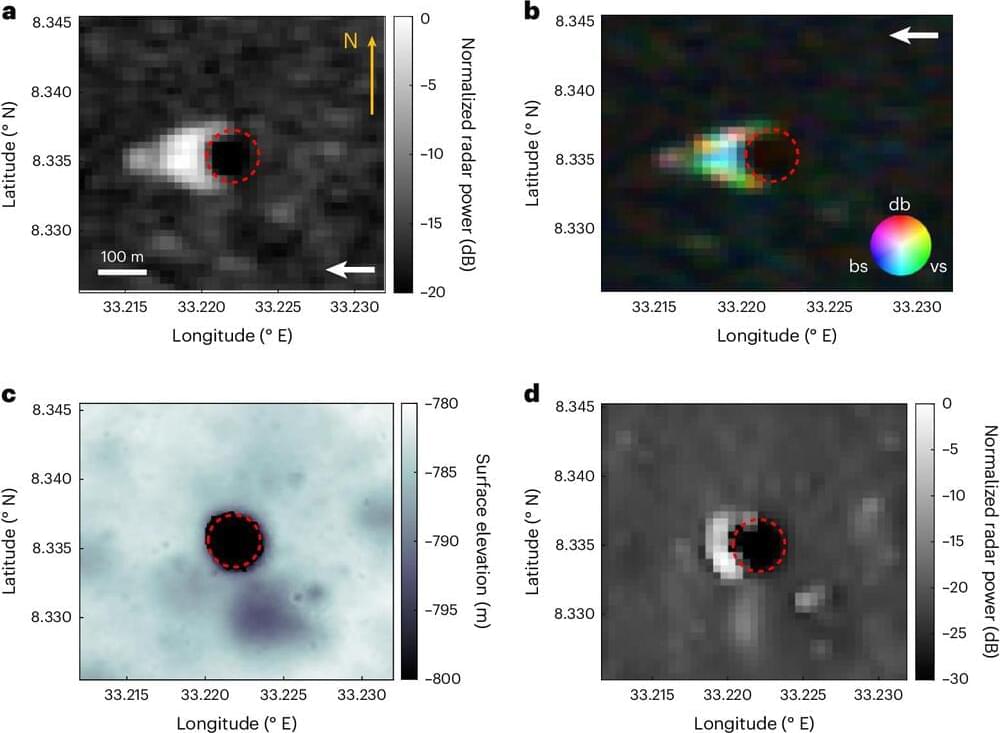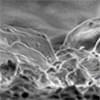
Alderon Games, an Australian-based developer behind the dinosaur-themed multiplayer survival game Path of Titans, announced “we are swapping all our servers to AMD” because “Intel is selling defective” CPUs — specifically 13th and 14th Gen models.
The post doesn’t mince words; it states that its customers have been reporting thousands of crashes on Intel 13th and 14th Gen CPUs (verified by the game’s crash reporting tools), and its game servers have been “experiencing constant crashes, taking entire servers down.” It also claims that it’s only a matter of time before Core i9-14900K and Core i9-13900K CPUs that have yet to fail will fail.
“Over the last 3 to 4 months, we have observed that CPUs initially working well deteriorate over time, eventually failing,” Matthew Cassells, Founder of Alderon Games, writes. “The failure rate we have observed from our own testing is nearly 100%, indicating it’s only a matter of time before affected CPUs fail.”
